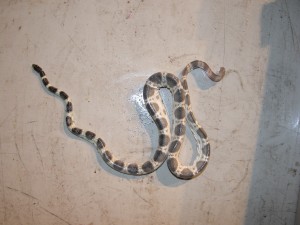“Bio-Ecology of Tropical Waters”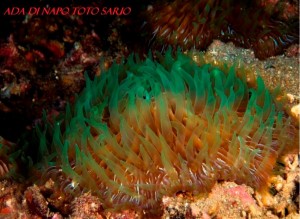
Aquatic Science Study Program (ASP) of Graduate School in Faculty of Fisheries and Marine Sciences (FoFMS) in Sam Ratulangi University (UNSRAT) is organizing a field course on “Bio-ecology of tropical waters” on September 26 to October 12, 2016 (56 to 60 hours). This free course will examines biological and ecological functions of tropical waters and is an important course for future scientists, managers, and decision makers. The course covers metazoan lifeforms, mangrove, sea grass, and coral reefs. Pollutions and its effects on tropical habitats will be the main theme during the course.
Students will have to attend lectures and participate in discussions/seminars and working group, and take part in excursions. The excursions will be held in two different locations where students are given opportunities to explore different marine habitats. And, at the end of the course, student will be able to (1) describe different metazoan life forms, (2) identify and describe different key issues which are faced by tropical waters, and (3) formulate a solution for each key issue.
The course is offered to master students majoring in biology. Students outside Aquatic Science Study Program of Sam Ratulangi University who are interested in joining the course are advised to write an application letter to the Dean of Faculty of Fisheries and Marine Sciences at Sam Ratulangi University (September 15th at the latest). English will be the only official language used during the course.
Topics: metazoen lifeforms; mangroves; sea grass; coral Reefs; pollution and effects on tropical habitats
Methods: lecture, discussion, seminar, excursion, working group
Lecturer & Instructor: Prof. Dr. Heike Waegele; ZFMK, Bonn, Germany
Date: 26 September – 12 October 2016
Venue: Aquatic Science Program, FoFMS, UNSRAT
Schedule:
[metaslider id=2082]








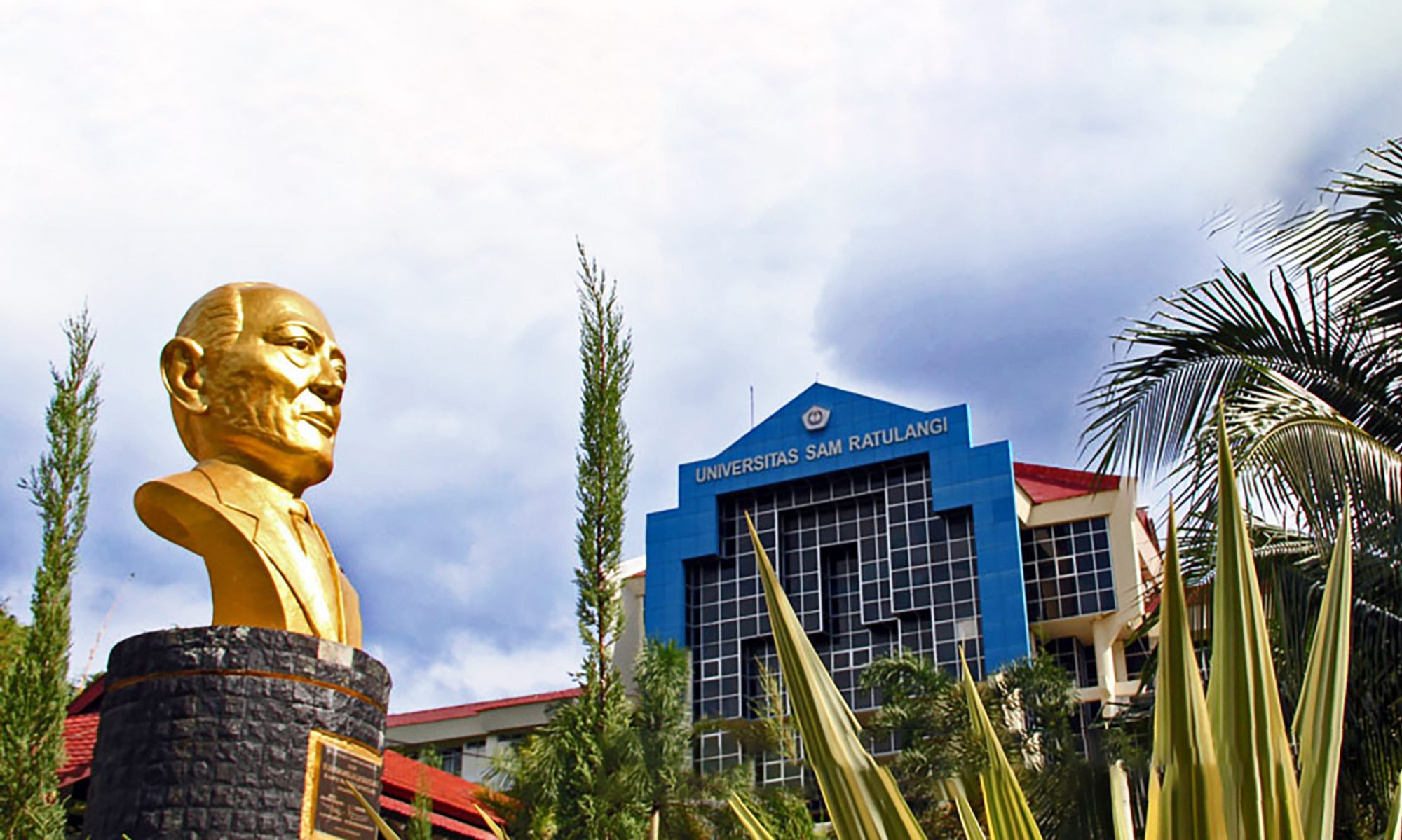
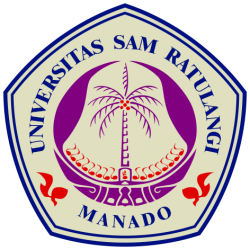
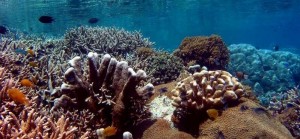

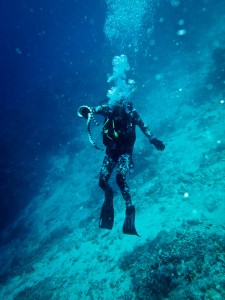 sia, Cambodia, Philippines, Thailand, India, and Australia.
sia, Cambodia, Philippines, Thailand, India, and Australia. ariety of habitats from coral reefs to muddy mangrove areas or up rivers in fresh water. They are distributed in subtropical and tropical waters from East coast in Africa in West to the Mexican gulf in East. Nearly all species are restricted to low water less than 200 m deep. A single species is pelagic and is also found far from the coast in the Indian and Pacific Ocean.
ariety of habitats from coral reefs to muddy mangrove areas or up rivers in fresh water. They are distributed in subtropical and tropical waters from East coast in Africa in West to the Mexican gulf in East. Nearly all species are restricted to low water less than 200 m deep. A single species is pelagic and is also found far from the coast in the Indian and Pacific Ocean.